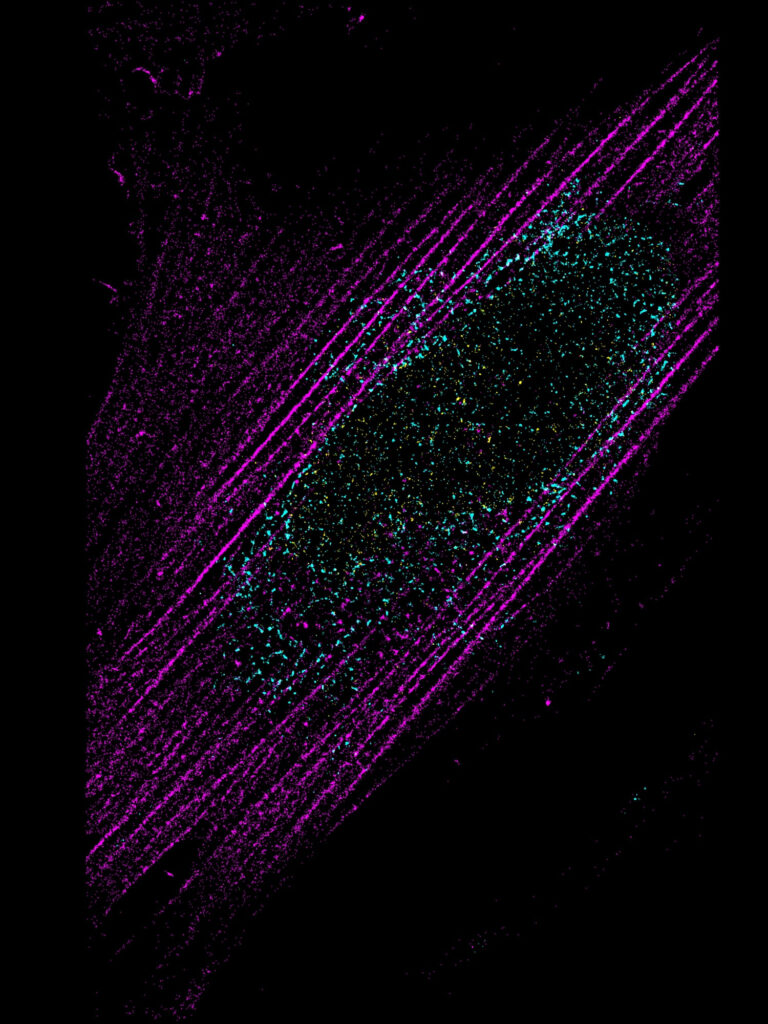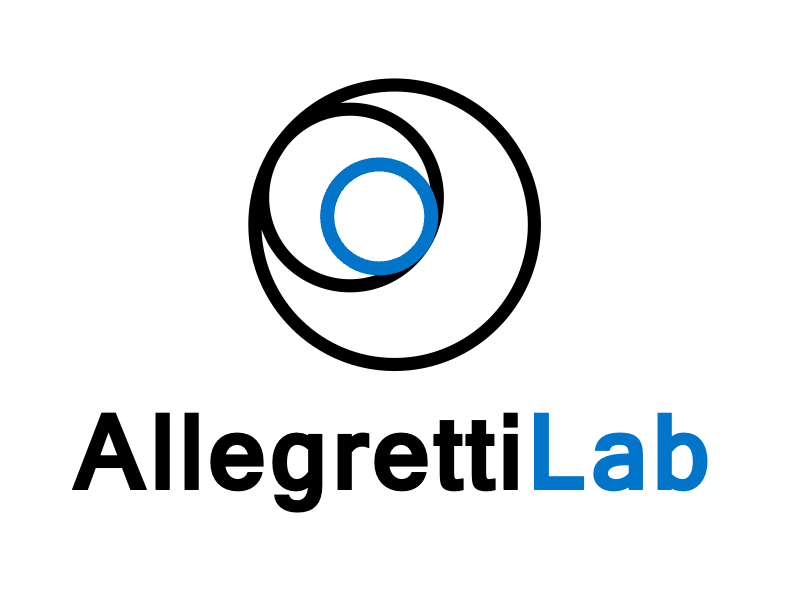The macromolecular determinants of nuclear shape
Our primary objective is the investigation of the structural organisation and conformational adaptations (molecular plasticity) of protein complexes ruling nuclear architecture and shape in situ in physiological or pathological conditions. High-resolution details will help us to understand the molecular basis of nuclear remodelling. Mutations and alterations in these protein complexes are frequently associated with diseases states (ageing, cancer, developmental disorders) and nuclear deformations have been shown to impact nuclear transport and gene expression. To investigate the universal principles determining nuclear architecture and shape, we have been using two different human model systems where the nucleus is being drastically remodelled: sperm cells and somatic migratory cells. We aim to elucidate the higher-order nucleus-cytoskeleton architectures required for differentiation and cell migration across various human cell types, including cancer cells with enhanced migration capabilities. We are employing in-cell structural biology techniques, integrated with complementary structural and cell biology methods.

nucleo-cytoskeleton interaction in fibroblasts
